Navigating parenthood: All about Baby Commute System
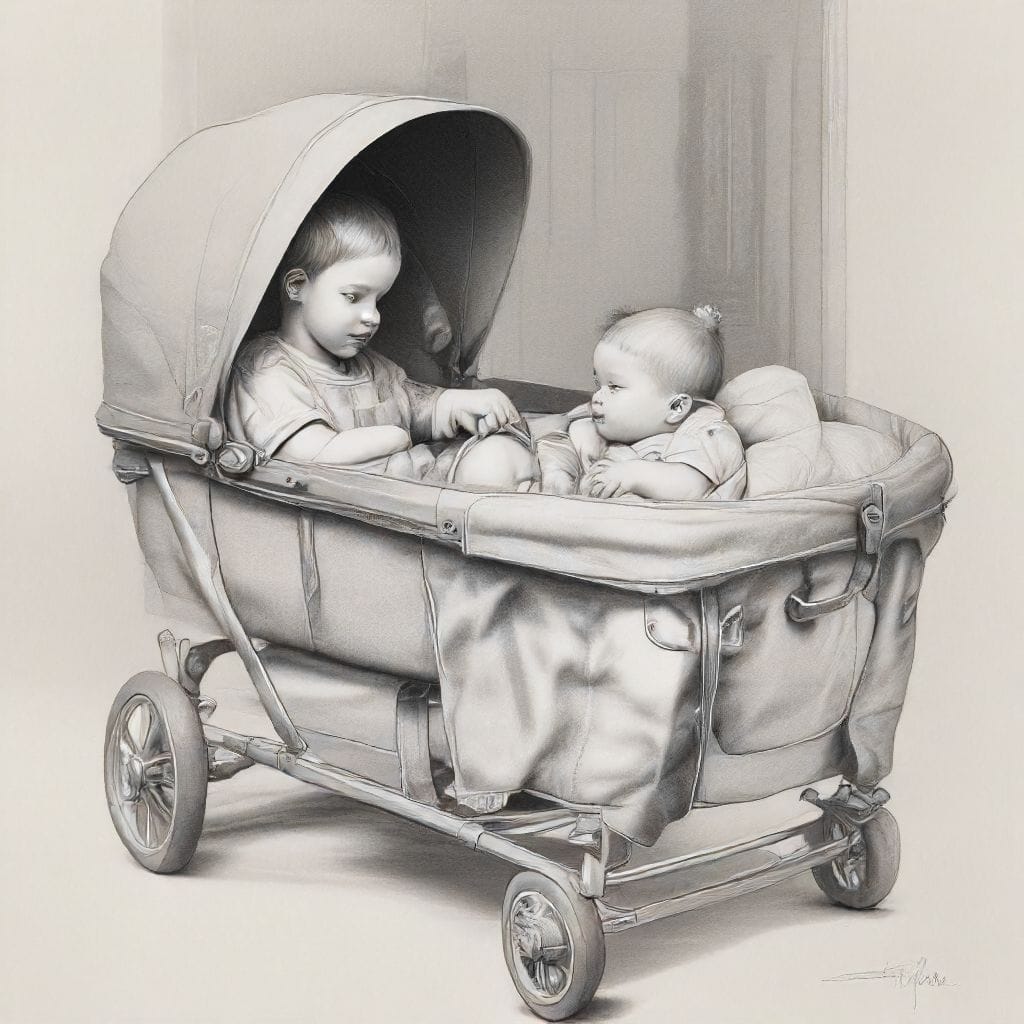
If you find yourself in your local baby store staring blankly at a sea of prams, pushchairs and strollers, you’re not alone.
All of these different terms can make shopping a minefield, and choosing one amongst these is a big energy-draining decision - as the features and benefits of all the different brands out there itself pose a world of confusion.
There are other Babywearing options to carry your child, like a carrier or sling. But if you need a break, or you’re feeling touched out - a baby commute system can save the day - how? Read here. To explore more on Baby-wearing systems - you can read more about it, in this article.
By the time you get to the end of this guide, you’ll know:
- What the different types of prams, pushchairs or strollers are.
- How do they differ from each other, along with Important information about safety.
- All the essential questions to consider, to identify which one would work best for you as you sort through the brands.
So, keep reading and educate yourself to narrow down your choices.
Let’s get started..
What is a Baby Commute System (or BCS) ?
- A vehicle which help you to take your baby from point A to B, offcourse without holding in your arms or loading baby on your body - is referred here as Baby Commute System. This includes
- Other than the nursery furniture this is the most considered purchase when having a baby.
- Often these terms (pram, pushchair, buggy and stroller) are used interchangeably - but they all do a slightly different job. Thus making it important to know the difference before you shop around.
- We hope our handy guide can breakdown the differences for you!
Described below are 5 types of Baby Commute System
1. Pram:
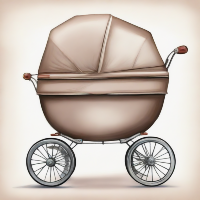
- It is designed for newborns and younger babies. You can use this from your child's birth, up to around when you child gets 6 months old - means till the point when baby can hold their head without it wobbling.
- It allows your newborn to snooze in a more natural position during those early months.
- It generally comes with carrycot design that allows the baby to lie flat and facing you.
- Usually they are very sturdy and has traditional look. Classic prams usually don’t fold up.
- Alternatively, lots of people choose a travel system with a carry cot.
Know more about Prams in this awesome guide.
2. Pushchair:
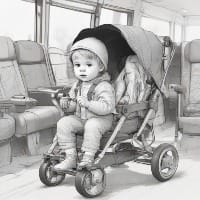
- Simply put - it is a chair on wheels that folds up, often flat - allowing babies and small children to be pushed around in.
- It is geared towards babies from 6 months onwards, up to toddler age of 2 years.
- Compared to a Pram - these are more convertible, foldable and easier to manoeuvre and can be carried along in the car.
- Common features you could see is adjustable seat positions, handlebar, footrests and other options, all which can be adapted to suit baby.
Read our guide on how to choose a Pushchair
3. Stroller or a Buggy:
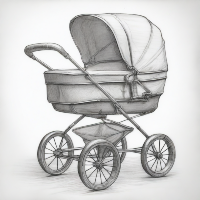
- The often more lightweight and travel friendly option is a buggy or stroller.
- Best used for an older baby or toddler, a buggy is particularly great when out and about or going on holiday, especially if you have a toddler who gets tired easily. They tend to be a less expensive purchase and not as sturdy as a pram or pushchair.
Checkout different types of Stroller or Buggy and how to select for yourself in this in-depth article
4. Travel System:
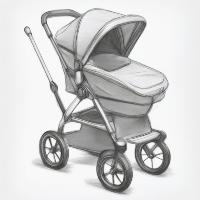
- It is usually based on a single frame with wheels, where you can swap the part your child goes in.
- You shall buy the whole kit at beginning; and as part of the bundle you might want to start with a carry cot. Later once your child grows a bit bigger, you can change to a seat which reclines when needed.
- It will often also have a car seat and a storage basket to store things like toys, nappies, in underneath as well as a rain cover for damp days.
- Although more expensive on the surface, with this system you get more for your money and can help save a lot in longer run.
Know more about Travel System in this article.
5. Car seat carrier:
(different from Travel System above)
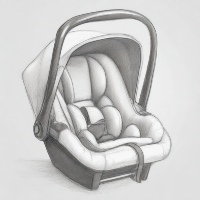
- These are simple wheeled frames, that is built to transform infant car seat into an infant stroller with a quick click in.
- As they are compact and lightweight, they make it easy to move in or out of your car.
- As these type of strollers sit pretty low, it requires a lot of leaning and bending for the parents, hence they don’t tend to be a good ergonomic option for them. They tend to be best for short-term use as the baby quickly outgrows the infant car seat.
Also these type of strollers don’t come with additional features like storage or cup holders.


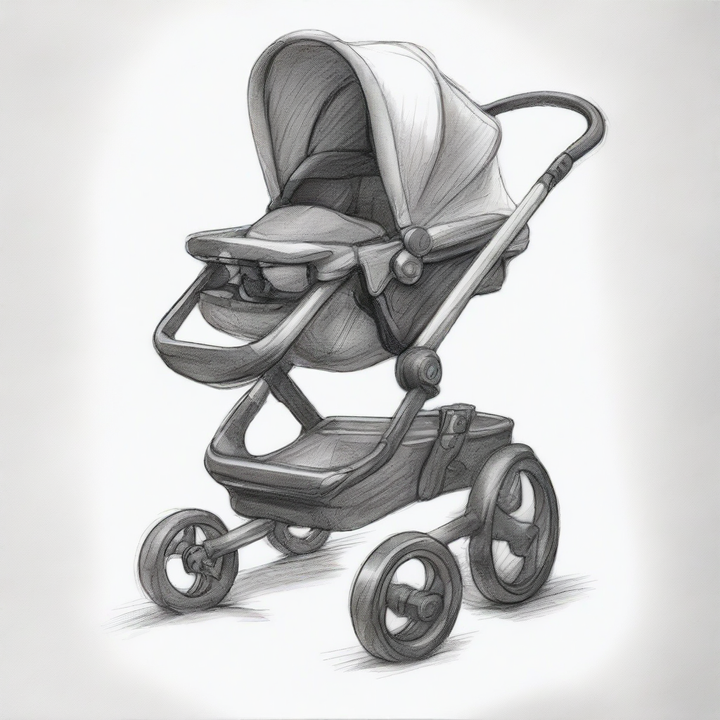
Comments ()